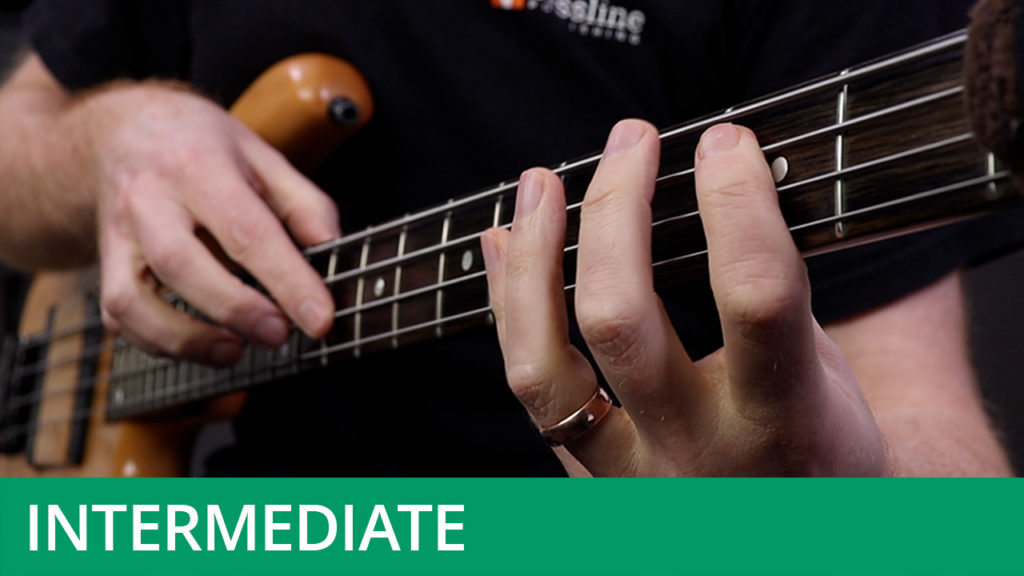Linear Tapping (Part 2)
Course Duration: 39 Minutes | Difficulty Level: 5
The previous course covered the basics of linear tapping, a variant of the tapping technique that can be used to play fast, lead guitar-like lines. With the groundwork now in place, this course will cover some popular variations on the technique. The concepts presented here will offer considerable scope for creating tapped lines of your own. As ever, remember that this technique has a place, and should not be overused – your future employability as a bass player may very well depend on your using it with extreme caution!
Don’t forget to hit the Download Resources button above in order to download the PDF worksheet and audio files for this course (available to subscribers only).




